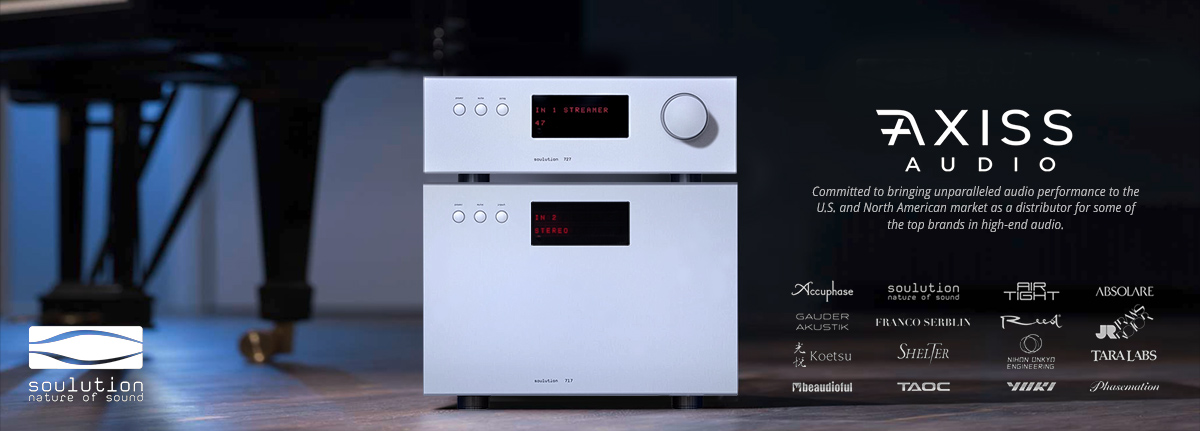Well, if 100% control accuracy is just frequency response I am more exigent - I regularly measure FR and distortion of my equipment to check for its condition, not sound quality. What else do you measure in your system?
Dear Microstrip: The measurements I showed was not only measures but something more critical an important and you don't took in count yet. With out knowing why make measurements and its meaning it's almost useless.
Why are important/critical those RIAA deviation measurements?:
the main reason why exist and why we need a Phono Stage is because the recorded audio signal comes with a de-emphasis RIAA equalization and trhough the PS that audio signal has to pass for the inverse proccess: a inverse RIAA equalization to achieve again a dead flat frequency. This is the main reason for the PS existence, then comes other as the gain, low noise, imoedance loading facilities and the like.
Well, a decent/top PS design ( tube or SS ) must shows a RIAA eq. deviation: 20hz to 20 khz +,- 0.1db. In the links below you can read what very small RIAA deviation ( fractions of a db. ) makes. Those small RIAA deviations affect 2-3 octaves due that the RIAA is not linear but a curve.
Well, that level of accuracy ( 0.1db. ) is a must like is a must that a piano or a guitar be in tune What makes an Orchestra concertino before start a piano/orchestra play: he goes to the piano and gives the tone for all the orcvhestra members put in tune its instruments. Well this is accuracy and that's why we need that accuracy level in any PS.
You already seen in what I linked that the Halcro and Dartzeel are out of that accuracy and that in bothy units the RIAA eq. is different when must be exactly the same, not only the units response is colored/distorted but distorted in different way in both channels. No, don't think for a moment that RIAA accuracy is an easy task because it's not, you can see on next links even with 60K+ units:
http://www.stereophile.com/content/leben-rs-30eq-phono-preamplifier-measurements
http://www.stereophile.com/content/parasound-halo-jc-3-phono-preamplifier-measurements
http://www.stereophile.com/content/abbingdon-music-research-ph-77-phono-equaliser-measurements
http://www.stereophile.com/content/...rpiece-series-phono-preamplifier-measurements
http://www.lammindustries.com/PICS/LP2/modified/fig_5b_6.jpg
http://www.stereophile.com/content/ear-834p-phono-preamplifier-measurements
http://www.stereophile.com/content/aesthetix-rhea-phono-preamplifier-measurements
Do you know how measures your unit?, the unit I'm using has a deviation of: 0.012 db in both channels. This is for me accuracy and more important : need it by the recorded audio signal.
We have what to measure, obviously that because an amp must works with an speakers the main measure must be: output impedance.
regards and enjoy the music,
R.
















